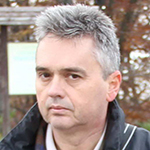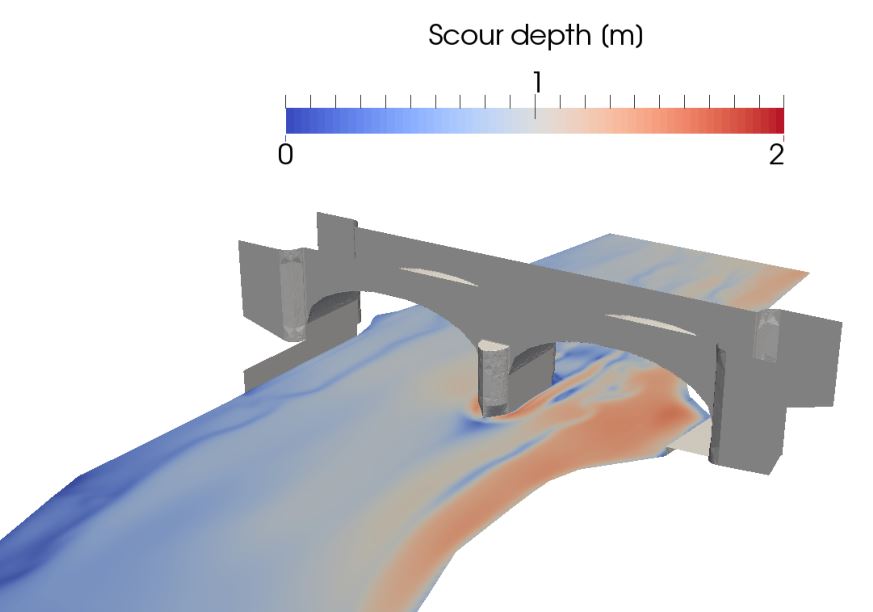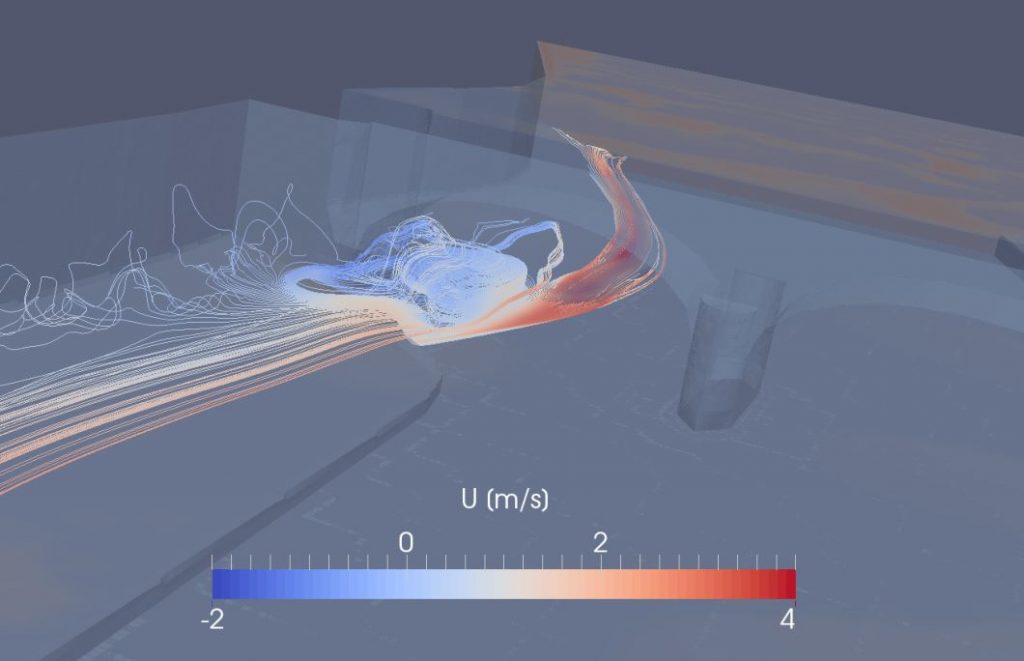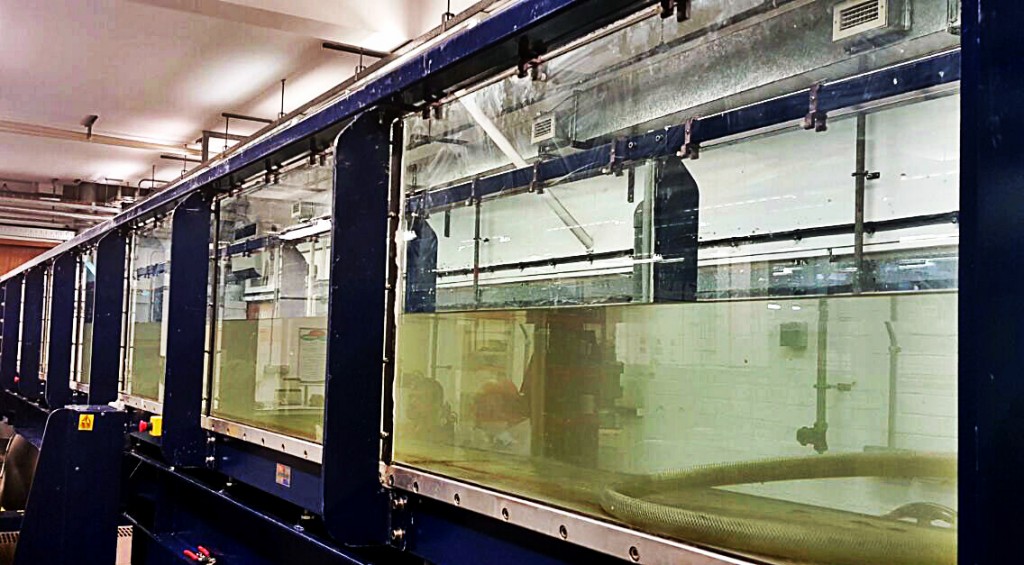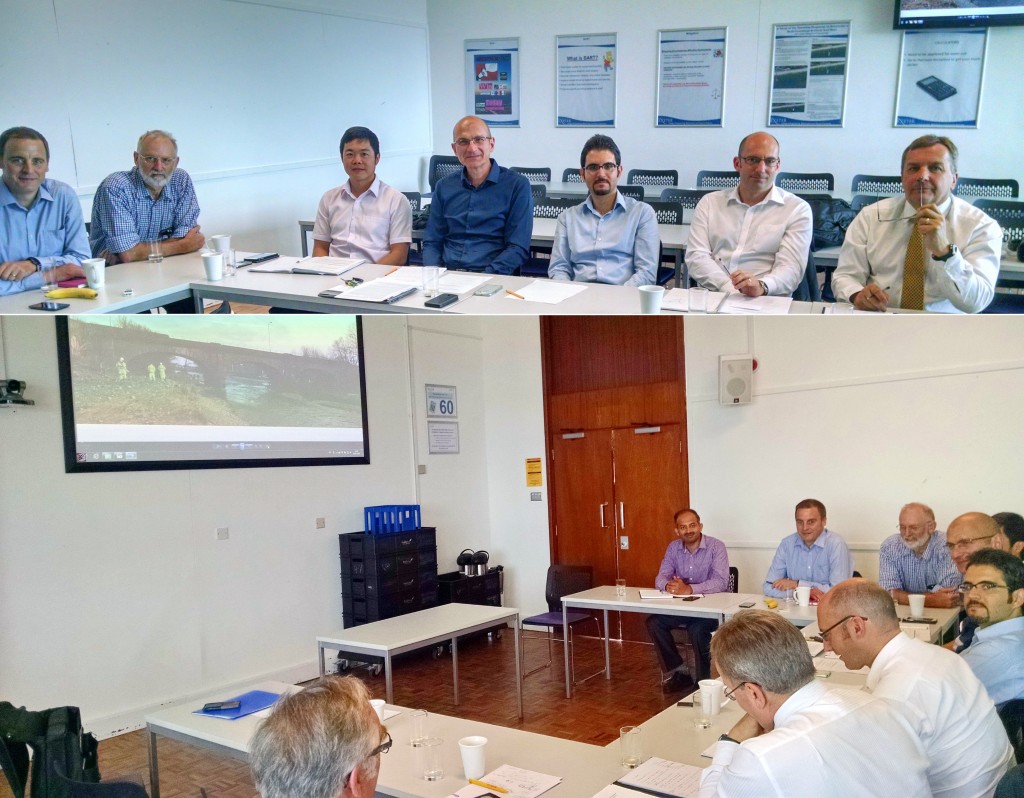This phase focuses on the development of a new model for assessing debris-induced scour at bridges. This method integrates with current approaches to improve scour estimations at bridge piers. RAMB project also provides insights for evaluating hydrodynamic pressure at arch bridges.
Effect of debris on scour
To include effect of debris accumulation on local scour depth, we propose a new model instead of “equivalent pier width” approach. This will enable a more accurate and realistic estimation of the depth of local scour with debris accumulation. The proposed model is developed using not only data from our in-house flume experiments, but also most of available experimental data in literature. Also, in contrast to the “equivalent pier width” method, the model is not restricted to floating debris but is also applicable to cases where debris is submerged or resting on the bed.
We introduce a new factor Φdebris, derived via multivariate regression analysis, to be incorporated into any scour estimation equation. For instance, equation in CIRIA C742 will be modified as
Ys/Bs = Φshape.Φdepth.Φvelocity.Φangle.Φdebris
where Ys = scour depth; Bs = pier width; and Φdebris is a debris factor identified based on debris dimensions and elevation.
Hydrodynamic pressure on the arch sofit
We have studied hydrodynamic pressures at a single span arch bridge under inundation conditions using a 1:10 scaled model (following schematic). We particularly measured hydrodynamic pressures at the arch soffit surface (enclosed by green circle in the following figure) using miniature pressure transducers.

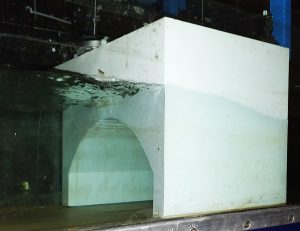
We detected large negative pressure (suction in order of upto ~ 3 times the hydrostatic pressure) at the surface of arch soffit. This was a rather surprising finding since negative pressure was not detactable by underwater visual inspection. We identified this to be matching with the observations by practitioners who have diagnosed arch soffit surface often prone to suction and mortar loss. Based on this, we are proposing to do closer post-flood inspection of this location to detect any likely mortar loss and repair it before affecting the structural integrity of the bridge.




